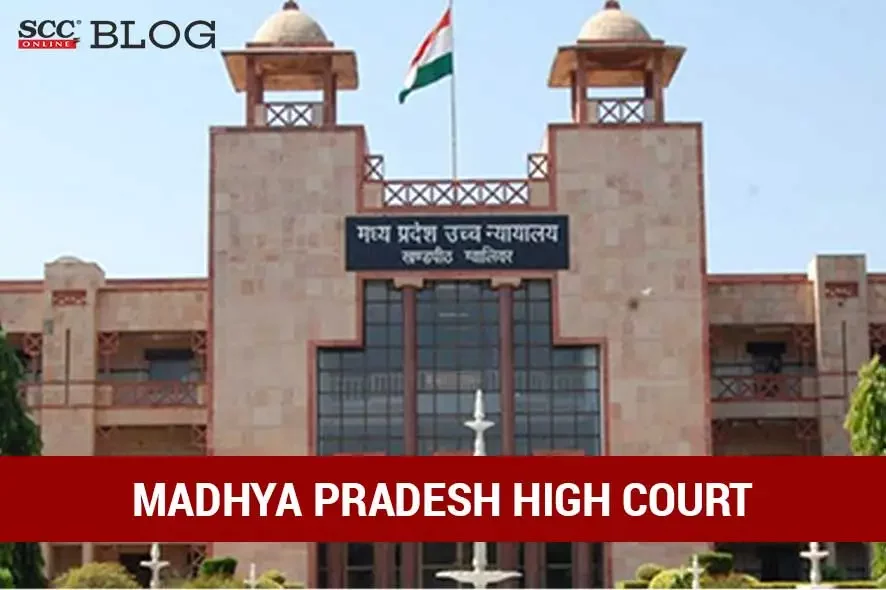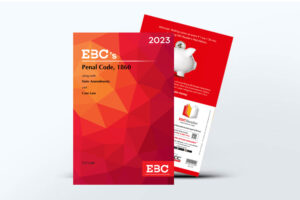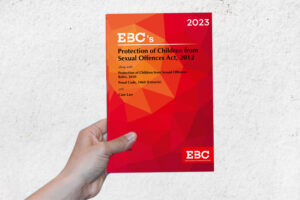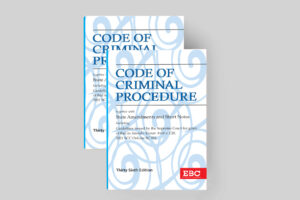Madhya Pradesh High Court: While deciding a case pertaining to the disposal of death reference and a criminal appeal against the conviction and sentencing of the appellant for committing heinous crimes against a 4 year old girl child, a single-judge bench comprising of Vishal Mishra,* J., upheld that the Trial Court’s decision and commuted the appellant’s death sentences to life imprisonment without the possibility of remission. The Court held that the accused was guilty of the offenses charged, including rape and murder and the conviction was based on a combination of circumstantial evidence, including the disclosure statement, DNA analysis, and medical findings.
Brief Facts
The instant matter pertains to the disposal of death reference and a criminal appeal arising from a judgment dated 27-10-2018, passed by the Additional Sessions Judge, Gauharganj District Raisen.
The prosecution’s case revolved around the disappearance of a minor girl on 13.08.2018, her subsequent rape and murder, and the recovery of her body based on the appellant’s statement under Section 27 of the Evidence Act, 1872. The appellant was convicted and sentenced for various offenses including under Sections 366, 376(2)(j), 376(2)(m), 376-AB, 376-A, 302, 201 of the Penal Code, 1860 (IPC) and Section 5(n), (6) of the Protection of Children from Sexual Offences Act, 2012 (POCSO Act).
Moot Point
-
Whether the evidence presented by the prosecution is sufficient to establish the guilt of the appellant beyond a reasonable doubt.
-
Whether the appellant’s statement under Section 27 of the Evidence Act, 1872 and the subsequent recovery of the victim’s body are admissible and credible evidence.
Amicus Curiae’s Contentions [appellant-accused]
The amicus curiae contended that the case is based on circumstantial evidence, last seen theory, and the recovery of the victim’s body at the appellant’s instance. The appellant questioned the reliability of the recovery of the body at his instance due to discrepancies in the information timeline provided by different witnesses. The amicus raised concerns about the DNA evidence, highlighting lapses in the collection, sealing, and transmission of samples for forensic analysis.
The amicus contended that the last seen theory should not be solely relied upon, especially given the gap between the last sighting of the victim and the recovery of the body. It was argued that the appellant’s right to be informed about the DNA report under Section 313 of CrPC was violated, undermining the credibility of the conviction.
Prosecution’s Contentions
The prosecution-respondent vehemently opposed the defendant’s arguments and supported the trial court’s judgment of conviction. It was contended that there is substantial evidence against the appellant, including the victim’s age, eyewitness accounts, and the appellant’s confession. The prosecution emphasized that the last-seen witnesses identified the appellant with the victim, and the recovery of the victim’s clothes corroborated their testimonies.
The prosecution refuted the amicus curiae’s doubts about the recovery of the victim’s dead body and asserted that appellant’s information led to the recovery, making him a crucial link. The prosecution further defended the accuracy of the DNA report, claiming that the samples were properly collected, sealed, and sent for examination.
Court’s Analysis
The Court rejected appellant’s contention that the police already knew about the body before the disclosure statement was made. The Court observed that disclosure statement made by the accused under Section 27 of the Evidence Act is admissible and reliable as the statement disclosed his involvement in the crime and led to the recovery of the victim’s body.
The Court observed that the DNA evidence was collected, sealed, and handled according to proper procedures and the DNA report indicated a match between the accused’s samples and those collected from the victim, further supporting his guilt. The Court further observed that the medical evidence provided through the autopsy report established that the victim was subjected to rape and strangulation. The circumstances surrounding the case, including the accused’s conflicting statements, eyewitness accounts, and the recovered clothes, all point towards his guilt.
The Court observed that the presumption under Section 29 of the POCSO Act shifted the burden onto the accused to prove his innocence and in the present matter the accused failed to do so, and the presumption led to a finding of guilt against him.
The Court inferred that the accused was responsible for taking the girl child, raping her, and then murdering her based on the chain of circumstances established by the evidence. The accused’s story was contradicted, and various pieces of evidence pointed towards his guilt. The court found the accused guilty and convicted him.
The court applied the principles enumerated in Sharad Birdhichand Sarda v. State of Maharashtra, (1984) 4 SCC 116 and Sudama Pandey v. State of Bihar, (2002) 1 SCC 679, and concluded that the entire chain of circumstances was proved, and the trial court’s decision to convict the accused was not in error.
In order to establish principles for determining death sentences, the Court referred to landmark judgments in Bachan Singh v. State of Punjab, (1979) 3 SCC 727 and Machhi Singh v. State of Punjab, (1983) 3 SCC 470, where the Supreme Court laid down principles for determining death sentences included considering aggravating and mitigating circumstances, and the collective conscience of society and striking a balance between them. The Court observed that the theory of R-R test which included “society’s abhorrence, extreme indignation and antipathy to certain types of crimes which shake the collective conscience of the society” is to be applied along with the theory of reformation.
While considering the question of the appropriate sentence, the Court examined aggravating and mitigating circumstances and applied the “rarest of rare” doctrine and considered the age of the accused, the possibility of reformation, and society’s perception. After considering all the above-mentioned circumstances, the Court is of view that despite the brutal nature of the crime, the present case did not qualify as the “rarest of rare” cases warranting a death sentence and modified the sentence from death to imprisonment for life without any remission.
Court’s Verdict
The court partly allowed the appeal and modified the sentences. The Court affirmed the appellant’s convictions, but the death sentences were commuted to life imprisonment without the possibility of remission. The Court further confirmed other terms of sentences and held that all the substantive sentences would run concurrently.
Note: Advocate Shri Akash Choudhary was appointed as amicus curiae to argue the death reference is also arguing the criminal appeal filed on behalf of the appellant-accused. The Court directed the High Court Legal Services Authority to remit a fee of Rs. 10,000/- to the amicus curiae who assisted the Court.
[In Reference received from Sessions Judge, Raisen v. Jitendra Uikey, Criminal Reference (Capital Punishment) No. 16 of 2018, order dated -06-2023]
*Judgment by Justice Vishal Mishra
Advocates who appeared in this case:
Shri S.S. Chouhan, Public Prosecutor, Counsel for the Respondent;
Shri Akash Choudhary, Amicus Curiae, Counsel for the Appellant.










